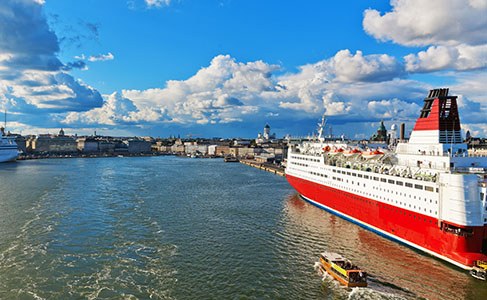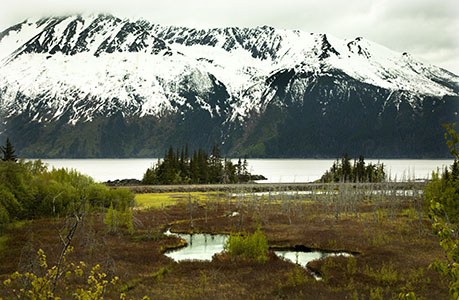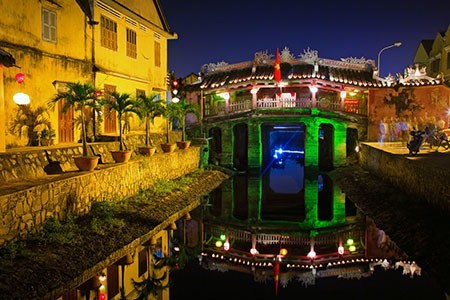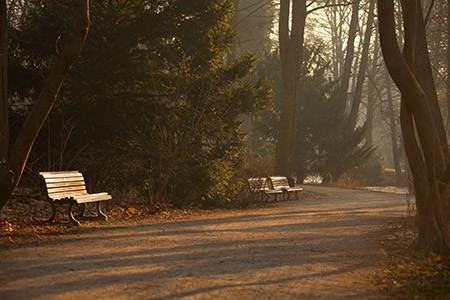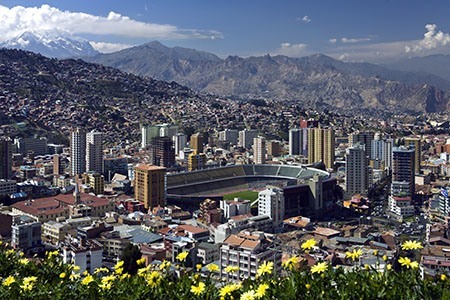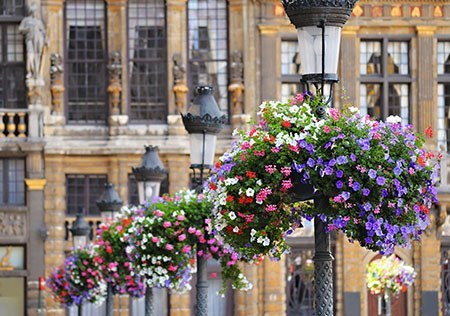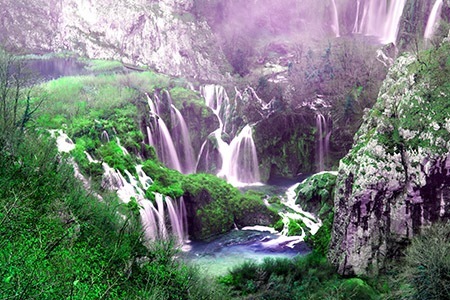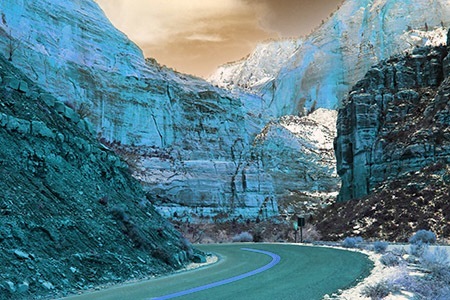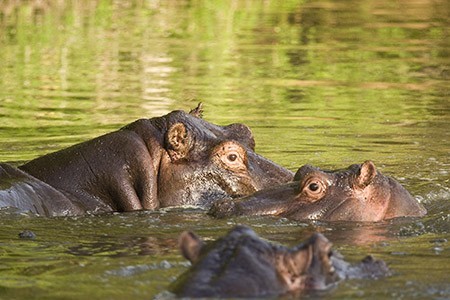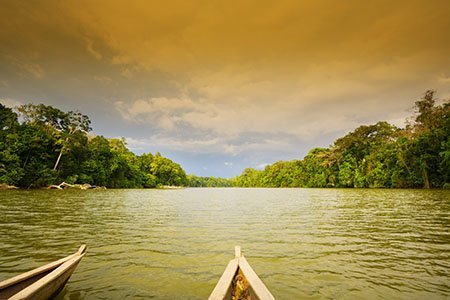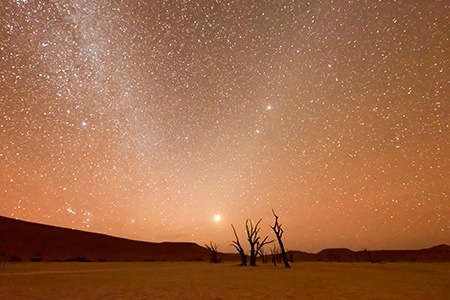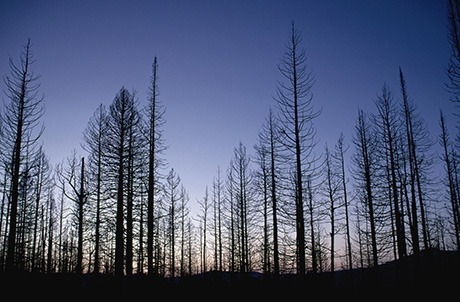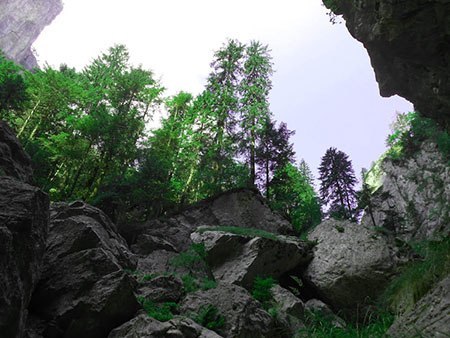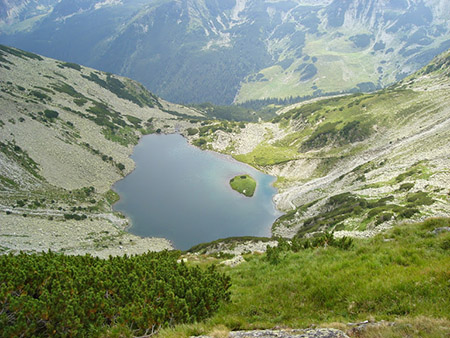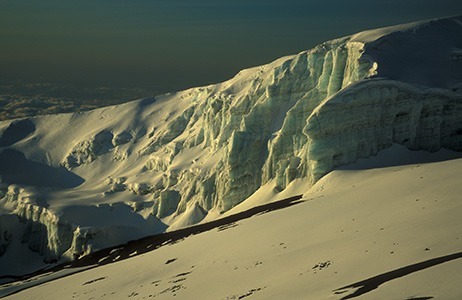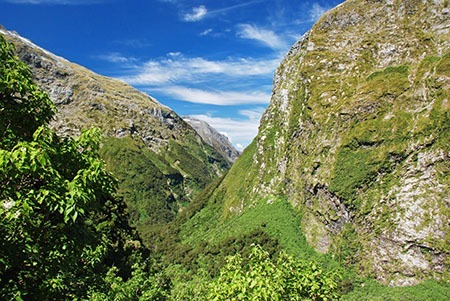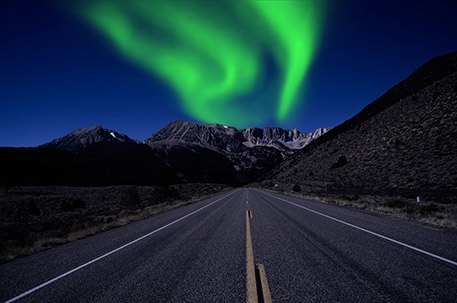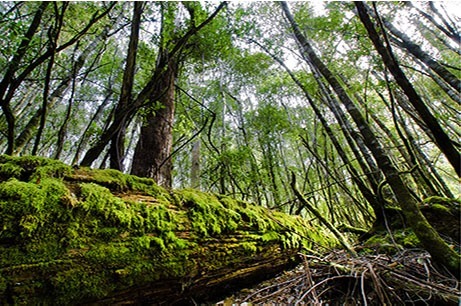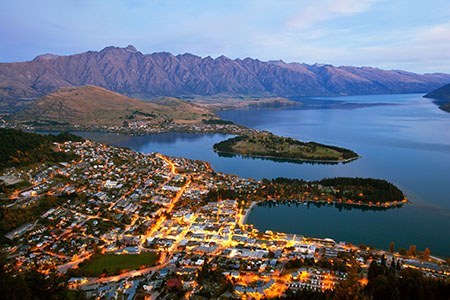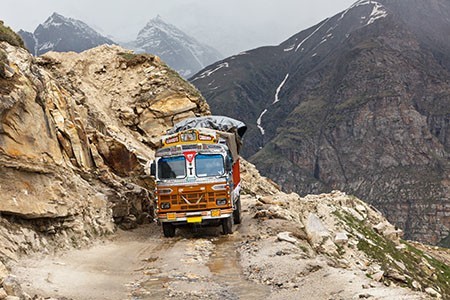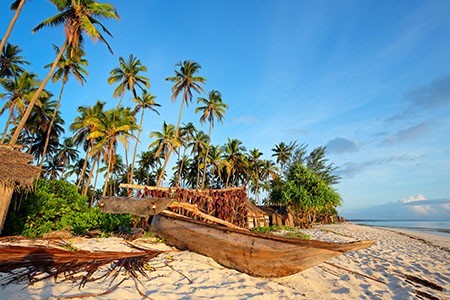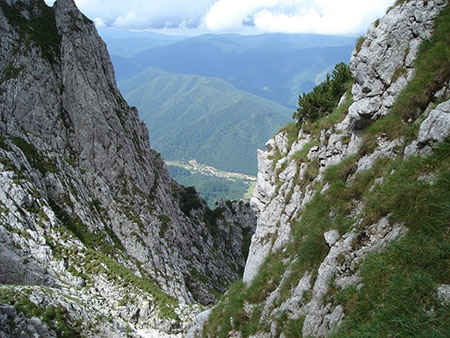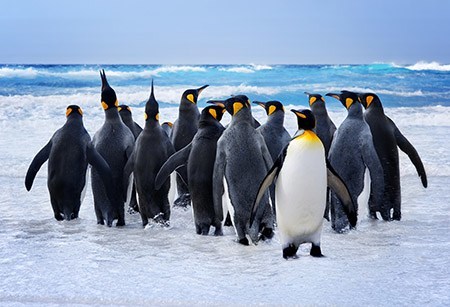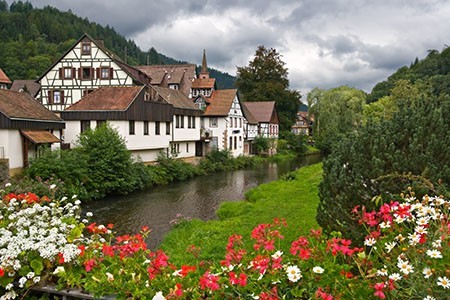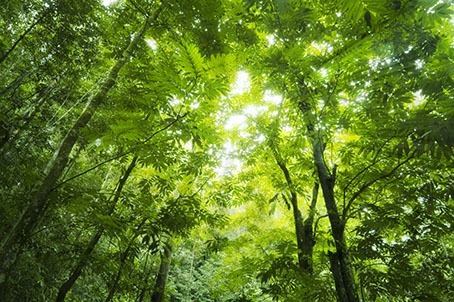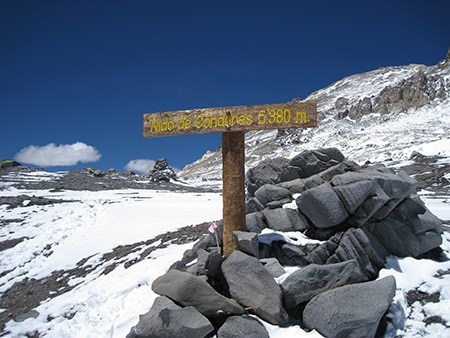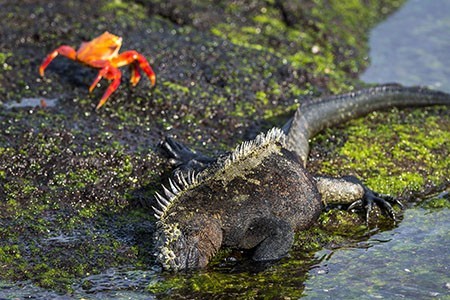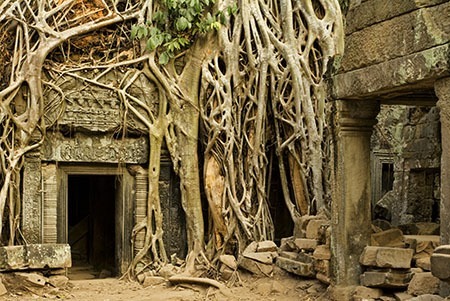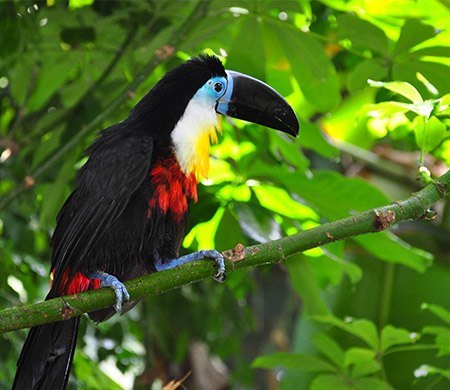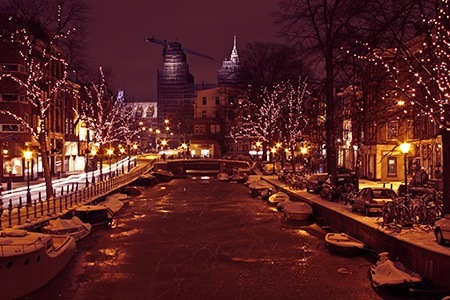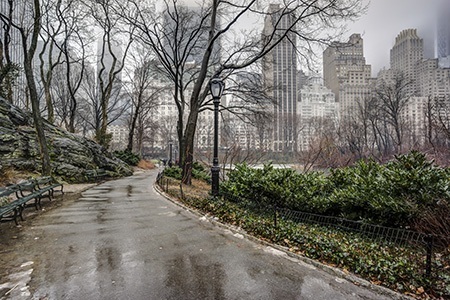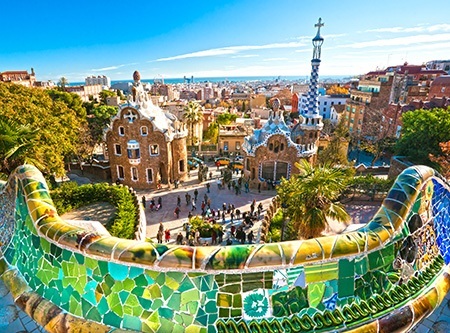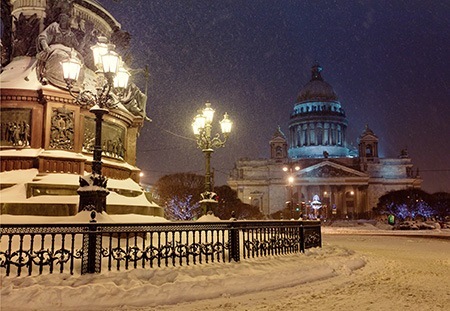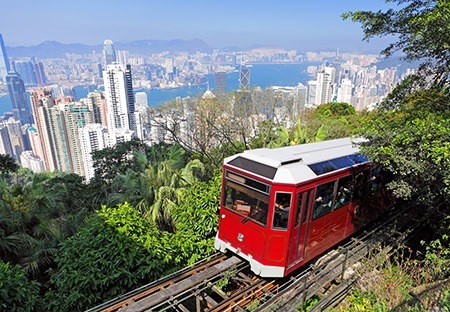This National Park is densely forested such that it is easy to get lost in it. This wonderland is most head attracted millions over visitors from all over the world because of its beautiful lakes that are arranged in what is referred to as Cascades. These lakes occur from confluence from numerous small rivers as well as subterranean karst rivers. It is just amazing how these interconnected lakes are separated by dams from travertine that occur as a result of deposition by bacteria, algae and moss. Imagine sixteen lakes separated into lower and upper cluster that occurs from mountains. Nice tours of Plitvice area can be enjoyed with Adria4U.
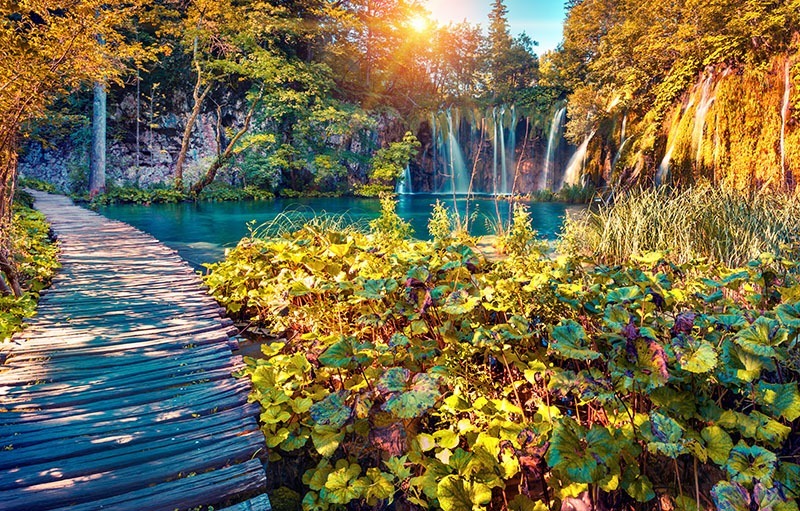
Nice spot in Plitvice Lakes National Park
Plitvice Lakes National Park is also popularly known for being a hiker’s paradise. Visit the mountains at this lake and enjoy a unique hiking experience. You may also choose to walk with rides on the various ferries at the Plitvice Lakes National Park. To begin with, visit Proscansko. This is popularly known for being the largest and highest lake at the Park. The lake is ringed with hilly landscapes with green plants that offer you an extra excitement during your tour. Because this lake is located at the top of the cascade, you won’t see any waterfalls. However, you will enjoy magnificent views of the park and its relaxing environment.
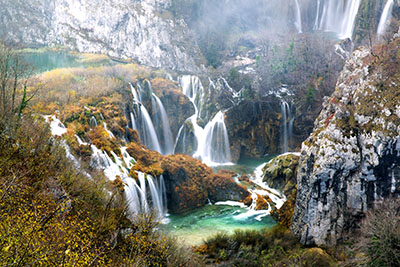
Breathtaking view in the Plitvice Lakes National Park, Croatia
Now head to Velki Slap. This lake is also referred to as Big Waterfall because magical and extremely fascinating waterfall. Enjoy viewing small streams as they zoom off the granite landscape into Korana George. Most often, you will see many people rushing towards this destination because of is dramatic waterfall. There are also falls at the other lakes for viewing. The Waterfall Chemistry: When you visit Plitvice Lakes National Park, you will not help wondering how the waters are so clear while every lake has its own jewel like color. You will hear everyone talking about the travertine and wonder what the heck is that. Well, just a brief history. Over a thousand years ago, super pure water that poured from the mountains into Plitvice eroded limestone rocks that surrounded the lake. Moss, algae and bacteria catalyzed the process that dissolved the limestone rocks into a porous stone, now referred to as travertine. This travertine was later deposited in the waters. Several limestone rocks are still being dissolved and deposited resulting to the formation of the various waterfalls at the park. As travertine continues to accumulate at the bottom of the lake, it results to barriers in between these lakes. These barriers continue to increase until they create waterfalls. This is how magical nature can be. Visit Plitvice Lakes National Park on your holiday trip and discover the wonders of the world. You will never want to leave this park.
More Ideal Escapes

